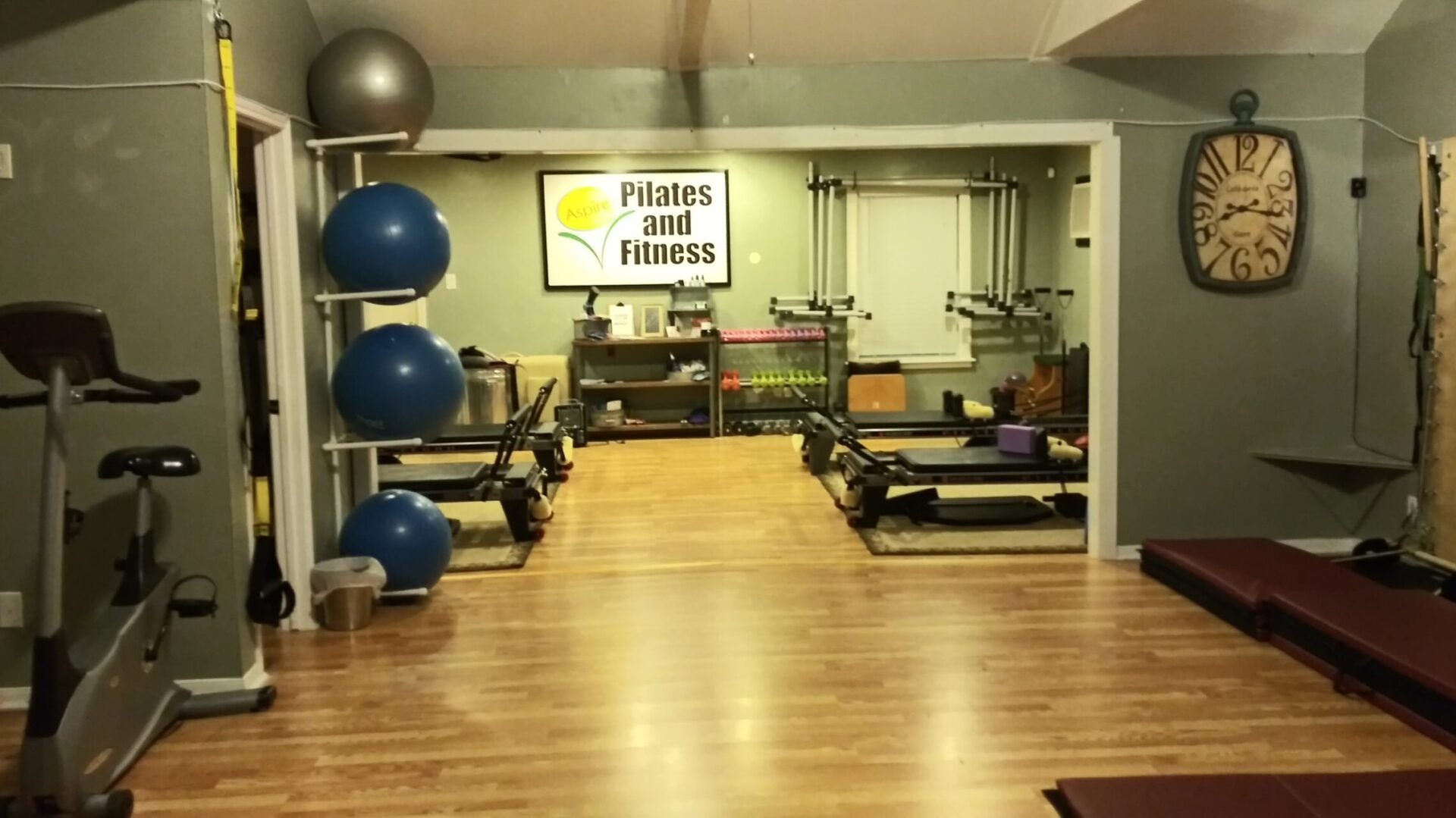Should we stretch or not? There is a lot of debate among experts if stretching helps or hinders performance. One, a study published in The Journal of Strength and Conditioning Research (2010; 24 [9], 2274–79), “concluded that if you stretch before you lift weights, you may find yourself feeling weaker and wobblier than you expect during your workout. Those findings join those of another new study from Croatia, a comprehensive re-analysis of data from earlier experiments that were published in The Scandinavian Journal of Medicine and Science in Sports. Together, the studies augment a growing scientific consensus that pre-exercise stretching is generally unnecessary and likely counterproductive.”
A Few Key Terms:
Flexibility is mobility or range of motion around a joint. You probably know some “double jointed” people, which is really a joint that is hypermobile. There are many reasons, that I won’t get into now, for hypermobility but it can lead to painful injuries such as dislocation, fractures, disc prolapse, ligament sprains, muscle strains, pulled tendons and so on.
On the other hand, there are those that can barely reach behind them, or those that can’t touch their toes- Inflexible
Stretching is the movement or exercise we do to try and improve our range of motion. According to About.com, “Biomechanic experts and physical therapists generally use the norms for normal range of motion around a joint as the basis for determining muscle imbalances.”
Does Stretching Hamper Performance
Most of the studies, I read, conclude that static stretching hampers performance in strength and explosive power, more so than endurance. However, many studies conclude that , for endurance events: “performance was significantly greater in the non-stretching vs. the stretching condition, for an endurance event with significantly greater energy expenditure during the stretching compared with the non-stretching condition.”
What should athletes do to Improve Performance
Warm-up dynamically, by moving the muscles that will be called upon in your workout. Dynamic stretching combine the stretch and warm-up. Examples of this would be :
- walking lunge
- high-knee running
- butt kickers
- carioca
- side shuffle
Everyone is Different
There are a variety of reasons for increased or decreased Range of Motion (ROM). After years of training a variety of different clients, I’ve come to understand that everyone is different, their genetics, their injuries, their muscle imbalances. I start to get concerned when limited ROM prevents my clients from doing normal activities. Also, I’m concerned for athletes doing repetitive movement and training for a sport, resulting in muscle imbalances.
Experts still debating on the stretching issue. Always consult your physician if you are going to start an exercise program or perform any at home testing.
Important Questions to Ask
Have you ever had more flexibility?
Has your flexibility changed recently?
Is your flexibility or lack of preventing you from doing normal activities?
Do you do anything repetitive (work or sport)?
There may be many reasons why you may not perform the following flexibility tests optimally. But that is for another post. Remember; never overstretch a muscle to get a better score. Always know your limits and don’t push it.
Here are a couple of common tests that can be performed to see if you are at the optimal ROM for a joint.
Groin Flexibility Test– (Sometime called Butterfly) Sit on the floor with your knees bent, and your feet flat on the floor and legs together. Let your knees drop sideways as far as possible keeping your feet together. The soles of your feet should be together and facing each other. Hold on to your feet with both hands, and pull you ankles as close to your body as possible. Measure the distance from your heels to your groin.
Use the table below to convert the score measurement to a rating.
Ratings Score
Excellent 5 cm
Good 10 cm
Very Good 15 cm
Fair 20 cm
Poor 25 cm
Trunk Rotation Test– Mark a vertical line on the wall. Stand with your back to the wall directly in front of the line, with your feet shoulder width apart. You should be about arms length away from the wall, though you may need to adjust the distance from the wall once you start the test. Extend your arms out directly in front of you so they are parallel to the floor. Twist your trunk to your right and the touch the wall behind you with your fingertips, keeping your arms extended and parallel to the floor. You are allowed to turn your shoulders, hips and knees as long as your feet don’t move. Mark the position where your fingertips touched the wall, and measure the distance from the line. A point before the line is a negative score and a point after the line is a positive score. Repeat for the left side with your feet in the same position.
Take the average of the 2 scores (left and right sides). Use the table below to convert the score measurement to a rating.
Ratings Score
Excellent 20 cm
Good 15 cm
Very Good 10 cm
Fair 5 cm
Poor 0 cm
My Favorite Stretch (tight glutes and back)
Sit in a chair with your leg crossed (Like a man sits). Sit up nice and tall. Keep your back flat.(.do not round it) then lean forward. You will immediately feel it in your glute area. You can also try this stretch lying down.
What are your favorite stretches for tight muscles that are causing you pain or limiting you?
Notes:
I am not a doctor, please consult your physician when attempting any new exercise or stretch.
